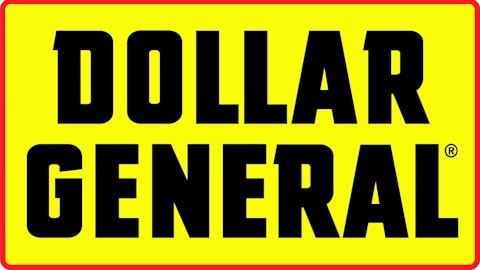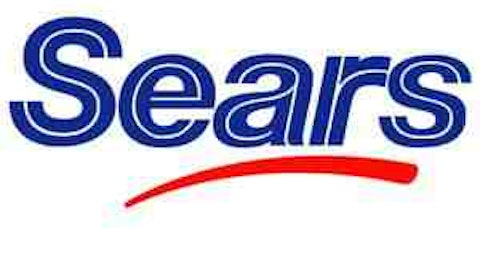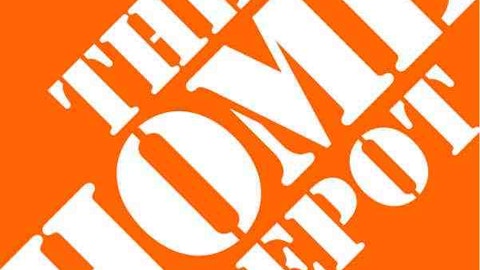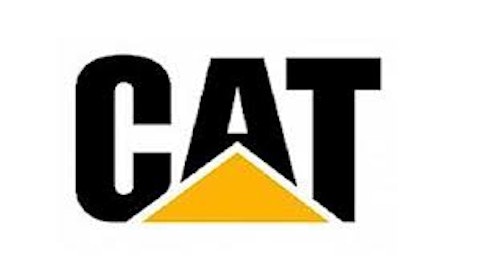Lowe’s Companies, Inc. (NYSE:LOW) operates 1,755 home improvement stores in the United States, Canada and Mexico, making it the second largest chain in its market behind The Home Depot, Inc. (NYSE:HD) with 2,257 stores. Lowe’s had sales in excess of $50 billion in 2012 and serves 15 million customers per week. Home Depot’s sales topped $74 billion in 2012.
Home improvement stores sales are of course sensitive to changes in consumers’ disposable income, but are also affected by swings in the housing market. With both the general economy and the housing market emerging from a bad slump, the picture is brightening for Lowe’s Companies, Inc. (NYSE:LOW) and the other companies serving this market.
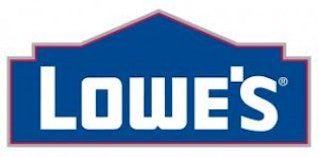
What happened in 2012
Pretax earnings were 6.21% of sales, up from 5.79% of sales in 2011. This was achieved even though gross margin slipped a bit from 34.56% to 34.30%. In 2011, gross margin had been as high as 35.14%. In 2013, Lowe’s Companies, Inc. (NYSE:LOW) efforts at improving in-store efficiency paid off in the bottom line.
A stat that caught my eye was the average spent by each customer per transaction. This was $65.15 in 2012, up nicely from the $62.82 spent per ticket in 2011 and an even $62 in 2010. This is a clear indication that Lowe’s Companies, Inc. (NYSE:LOW) customers were emerging from their recessionary shell and spending more on home improvement items.
The nuts and bolts of Lowe’s strategy
One of the company’s key goals is to “unlock consumer demand that has been contained by real or perceived barriers to starting projects.”
The real barrier has been consumers’ reluctance to spend big bucks on home projects when their home equity was evaporating. The perceived barrier is that we are all afraid of messing up the projects we attempt. Lowe’s strategy to remove this barrier is to be the customer’s “partner” in all aspects of the project — inspiration, planning, completion and enjoyment. The latter phase puzzled me. I picture a masonry contractor sitting by my new built-in barbecue asking when the steaks will be ready.
Other strategic goals are what it terms “value improvement” through lowering unit costs and “product differentiation” through better displaying its merchandise — changing end cap themes and the rotation of products.
Technology is key to the company’s strategy as well. To have more frequent interaction with customers, Lowe’s created a MyLowe’s website that allows customers to have their own personalized project management page and even set up reminders about when routine home maintenance chores should be done. The company hopes that registered users of the site will spend more in total with Lowe’s and more on a per transaction basis.
On to the risks
From the 10-K:
“The continuing sluggish pace of the recovery from the deep global recession could continue to have an adverse affect on the rate of growth of discretionary spending by consumers and the share of such discretionary spending on home improvement products and services.”
I would say there is substantial pent-up demand for home improvement products, but how much of that demand will benefit companies like Lowe’s remains very much in doubt. Remember, unemployment is stuck at relatively high levels and there is substantial evidence that many Americans that do have jobs are underemployed, limiting their disposable income. It was recently reported that only 47% of adults have a full-time job.
“Adverse changes in economic factors specific to the home improvement industry may negatively impact the rate of growth of our total sales and comparable sales.”
